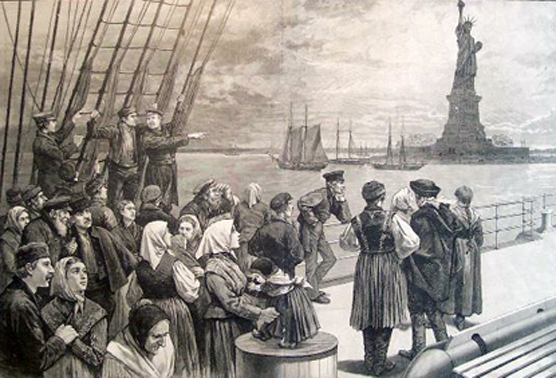4: Freedom’s Boundaries, At Home & Abroad, 1890-1900
by Dr. H - January 28th, 2017
For Monday, Jan 30
Foner’s chapter 17 explores four interrelated movements that all happened within the last decade of the 19th century — all of which had deep and lasting consequences for the start of the 20th century: the rise of Populism; establishing Jim Crow racial segregation across the South; clashes over immigration, women’s rights, and labor; and American imperialism and war.
What new meanings of freedom emerged in this era, and how did they collide? Where were the fracture lines in late 19th century American society and how/by whom were the boundaries of freedom drawn? Again, what resonances and echoes do you see in our own time?
Good web resources about a few of these topics:
Rise of Industrial America, 1877-1900 (Gilder Lehrman Institute of American History)
Rise and Fall of Jim Crow (PBS)
Interactive Maps of Elections of 1896 and 1900 (Annenberg Foundation)
HerStory: The Women Behind the 19th Amendment (Biography.com)
American Imperialism: the Spanish-American War (Digital Public Library of America)
Updates: Your Questions, Answered
1896 Party Platforms: Democratic | Republican | People’s (Populist)
Campaigning: How to Win a 19th Century Election (Atlas Obscura)
American Imperialism and Anti-Imperialism: Head to the US History in Context Database in the WSU Library (you may need to be logged into your WSU account) and search “imperialism,” “anti-imperialism,” “Spanish-American War” or “Philippine-American War”

